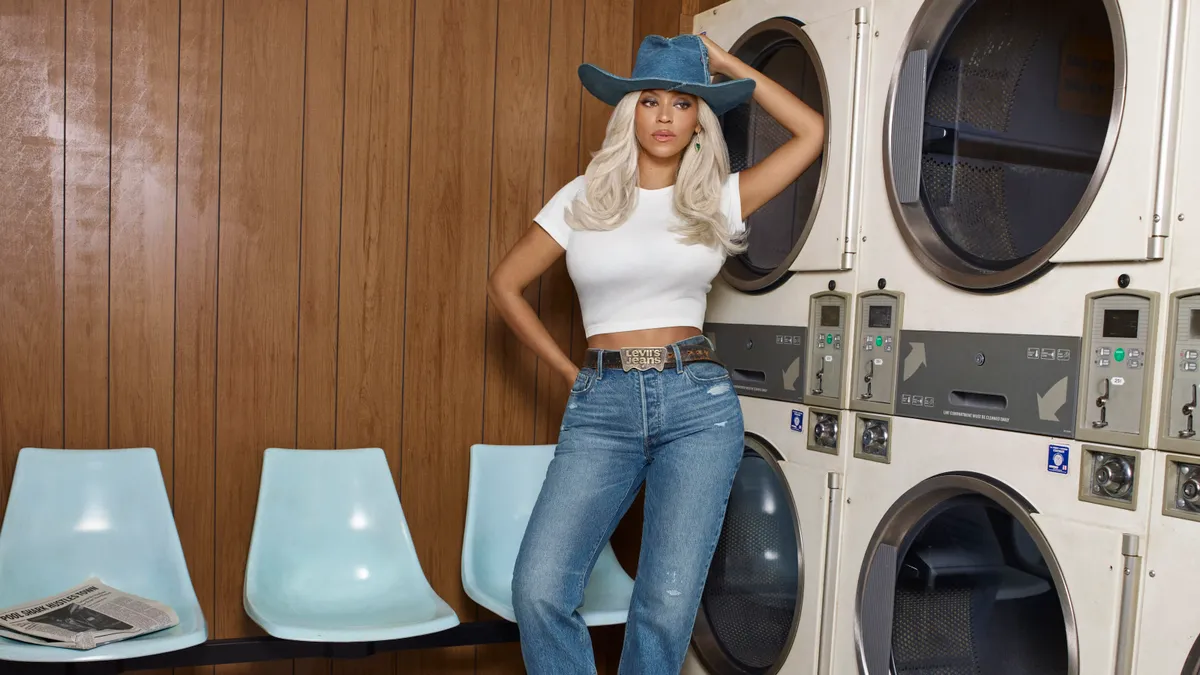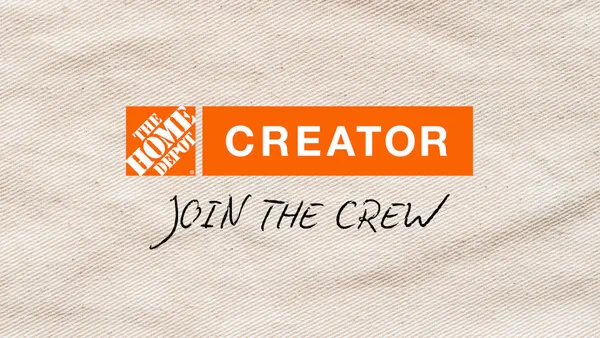Brief:
- Facebook added video ads to its Messenger chat app that automatically start to play when a mobile user scrolls through the inbox section, according to Recode. The addition of video comes 18 months after Messenger started selling static ads.
- The video ads, which appear alongside messages from friends and other contacts, are like those on Facebook properties including News Feed and Instagram, per Ad Age. Messenger won't allow users to opt out of seeing them, but they can be hidden by tapping on a three-dot icon.
- Facebook is slowly rolling out the ads in Messenger, which has 1.3 billion monthly active users, while the company monitors consumer reactions. The company announced the new video ads at the Cannes Lions International Festival of Creativity in France.
Insight:
As Facebook monetizes its platforms, which include Messenger, Instagram and WhatsApp, video ads are a way to appeal to big-name marketers that are shifting their budgets to mobile advertising. The social media giant has said that the ad inventory on its flagship Facebook app is maxed out, compelling to the company to sell ads on Messenger and its Marketplace, as well as increase Instagram’s ad inventory.
The addition of autoplay video ads to Facebook Messenger has led to concerns about “intrusiveness,” but the company has managed to offer ad insertions on its various platforms before without a noticeable decline in users or ad revenue. Facebook will consider the user action when deciding what kinds of ads to display, per Ad Age. Even as the social network has endured repeated privacy scandals, many users find they can’t live without an app that connects them to friends, family, news and entertainment, Vox reported.
Facebook will need to be careful about the user experience, particularly for younger people who are more likely to drop the platform. A Pew Research Center study shows that Facebook is becoming less popular among U.S. teens. About half (51%) of teens ages 13-17 say they use Facebook, down from 71% from several years ago and much lower than the percentage who use YouTube (85%), Instagram (72%) or Snapchat (69%).











